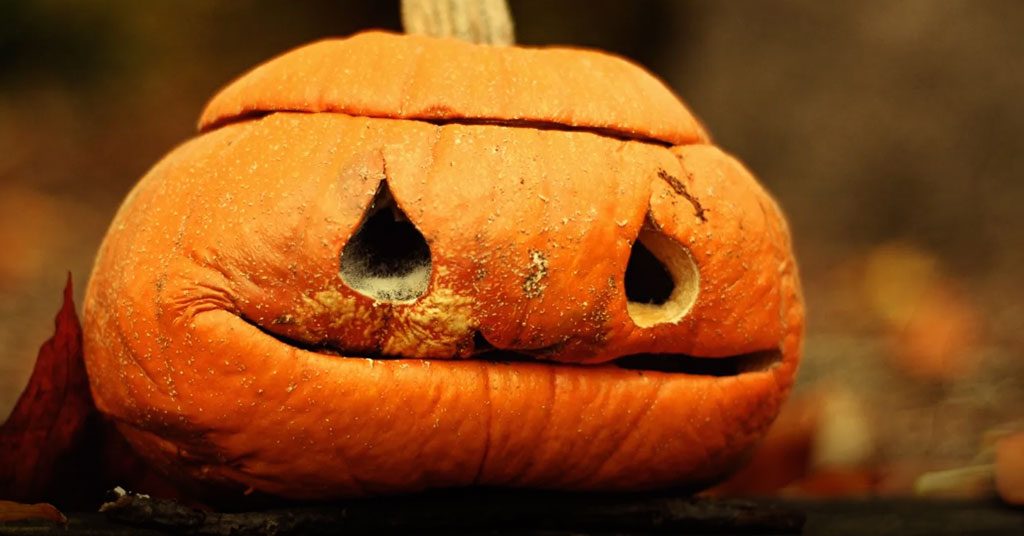Occasionally, a post to Facebook detailing how to do something eco-friendly will go viral, but sometimes the information contained in these posts isn’t all that great. A viral post made in 2020 and another made in 2022 detailing eco-friendly ways to dispose of old rotting pumpkins are two such example.
The first viral post, shared more than 575,000 times as of this writing, reads: “Don’t throw away pumpkins. Find woods near you and smash open for wildlife to eat. Pumpkin is safe for wildlife and the seeds are a natural dewormer. Recycling plus food source. Win-Win.” The second suggests that you “find woods or a field near you, smash them open and leave for the wildlife to eat.”
This sounds like pretty reasonable advice, and it goes without saying that almost anything is preferable to disposing of rotting pumpkins in the garbage. But is it really okay to leave old pumpkins in the woods?
Should you leave food waste in nature?
To help answer this question, I’d like to refer to a Facebook post written by the Glacier National Park Facebook page, detailing why it isn’t ideal to leave food waste in nature – including pumpkins.
These ‘natural’ food items will not decompose quickly. If animals don’t eat the food waste, decomposition will likely take much longer than you expect. Some fruit products can take years to decompose depending on the environment they are in!
Food waste is likely to be eaten by wildlife and increase habituation. For example, if you throw your apple core out the window of your car, it may encourage wildlife to search for foods along roads. The more time they spend around roads, the higher the chance they’ll get hit by a car.
‘Natural’ food items are also usually not so natural. Apples, bananas, oranges, etc are not native to Glacier National Park. If eaten by wildlife it will likely not digest well since these animals are not accustomed to these foods. Fruit and vegetable seeds that end up on the ground could result in a non-native plant growth.
While the above post is geared toward Glacier National Park specifically, the same rings true for your local forest. Leaving pumpkins in the woods can create habituation for local wildlife, endangering both the animals and people. It may not decompose as easily as the viral Facebook post suggests, and it actually may create non-native plant growth.
What should I do with my old, rotting pumpkins?
By this point, hopefully, you’ve decided that leaving your old pumpkins in nature isn’t the right thing to do. Thank you! Your local wildlife thanks you. But what are some things you can do with those old pumpkins? Some ideas for making better use of old pumpkins:
- Find someone with livestock, like chickens or pigs, and donate your rotting pumpkins.
- Feed it to your own pet chickens or other poultry.
- Compost it.
- Remove the seeds and bury them – they’ll decompose and enrich the soil!
- Harvest and roast the seeds.
- Make a pumpkin puree – if the pumpkin isn’t rotted!
- Hollow it out and make a pumpkin planter.













